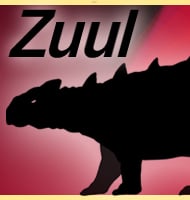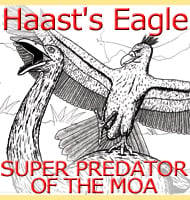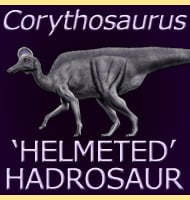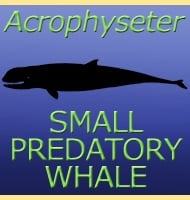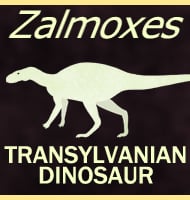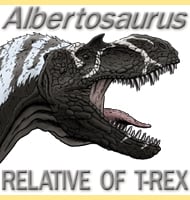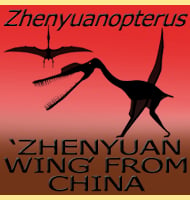In Depth
In simple terms Eucnemesaurus was a prosauropod, a member of the group that was ancestral to the later larger sauropods. Eucnemesaurus has a better know association with a former dinosaur genus Aliwalia. Aliwalia was big news when described, even though it was only described from a femur and a partial maxilla. The maxilla was clearly that of a theropod, and with the large femur, this theropod was roughly estimated to have been around eight meters long. At the time this made Aliwalia the first of the large meat eating dinosaurs, comparable even to large late Jurassic predators such as Allosaurus.
Later study would however dispel the notion of a large dinosaurian predator stomping around South Africa during the late Triassic. The femur is not only that of a prosauropod dinosaur, but it is a match for material that was earlier described as Eucnemesaurus. This presents the problem of the carnivore maxilla, but the simple explanation is that the two bones are not of the same animal. This means that when Aliwalia was described it was essentially a fossil chimera, a collection of remains from more than one type of creature mistakenly described as one. The maxilla of a carnivore may be from a dinosaur that died while feeding upon the body of a Eucnemesaurus, or it could have simply been deposited in association to it by scattering or washing.
Eucnemesaurus is currently regarded as being a member of the Riojasauridae, meaning that it is considered to be similar to Riojasaurus.
Further Reading
– Contributions to the knowledge of the reptiles of the Karroo Formation. 6. Further dinosaurian material in the Transvaal Museum. – Annals of the Transvaal Museum 7(2):93-141. – E. C. N. Van Hoepen – 1920. – Solving a dinosaurian puzzle: the identity of Aliwalia rex Galton. – Adam M. Yates - 2006. – A second species of Eucnemesaurus Van Hoepen, 1920 (Dinosauria, Sauropodomorpha): new information on the diversity and evolution of the sauropodomorph fauna of South Africa’s lower Elliot Formation (latest Triassic). – Journal of Vertebrate Paleontology 35(5):e980504:1-24. – B. W. McPhee, J. N. Choiniere, A. M. Yates & P. A. Viglietti – 2015.

